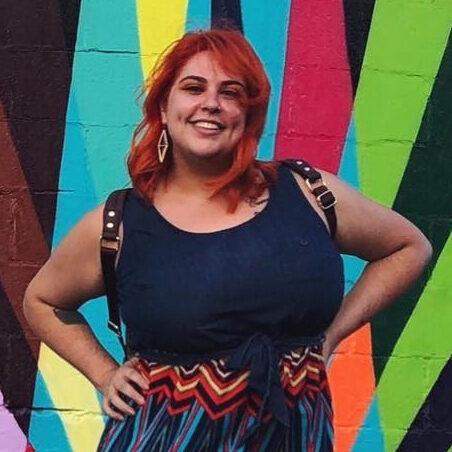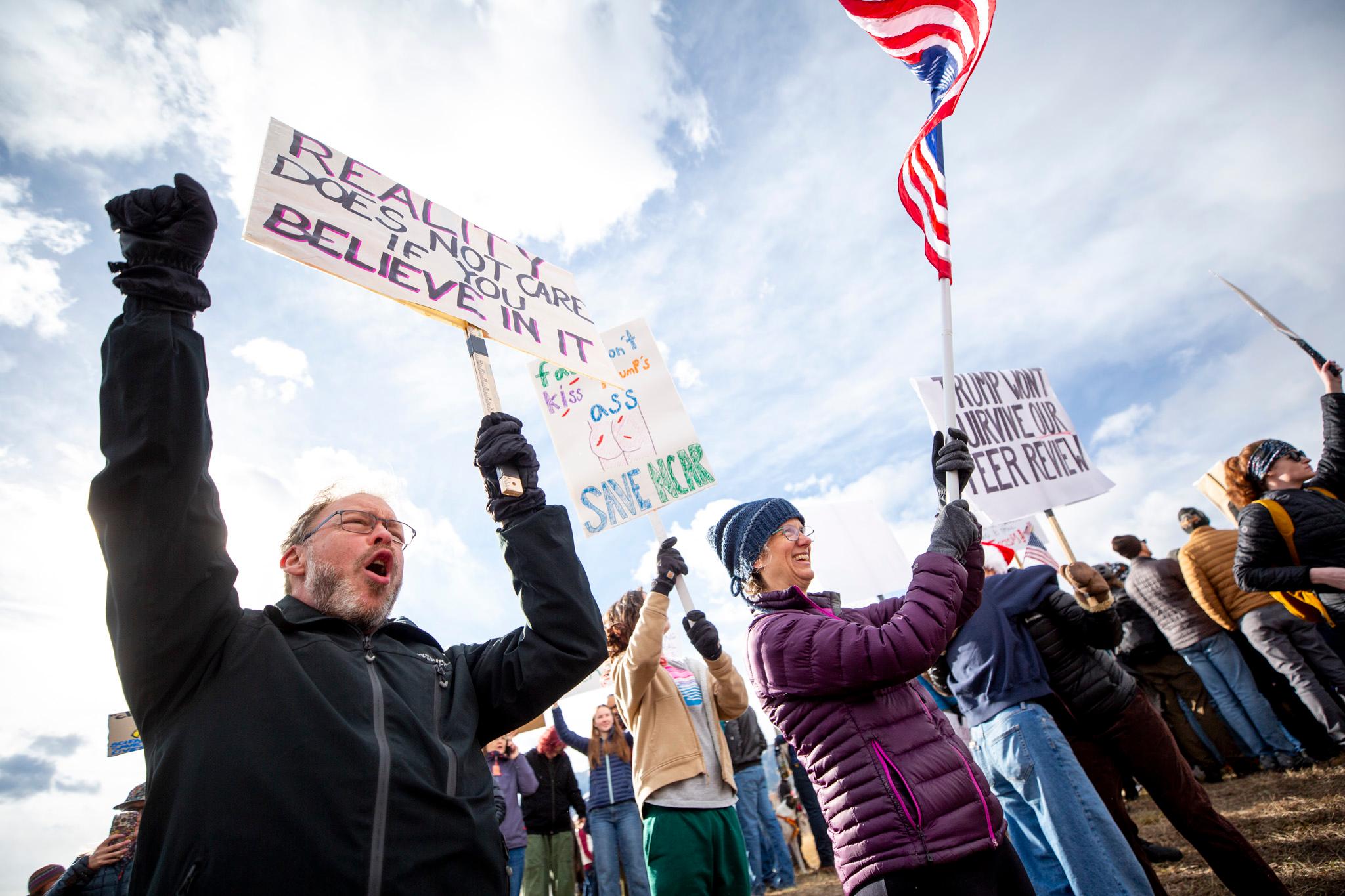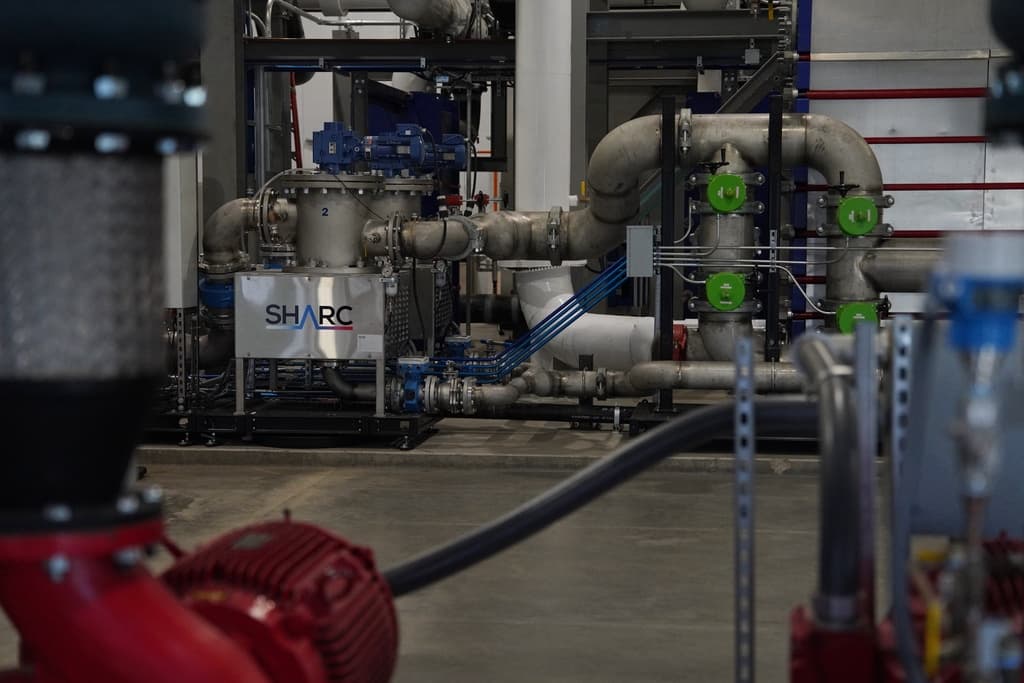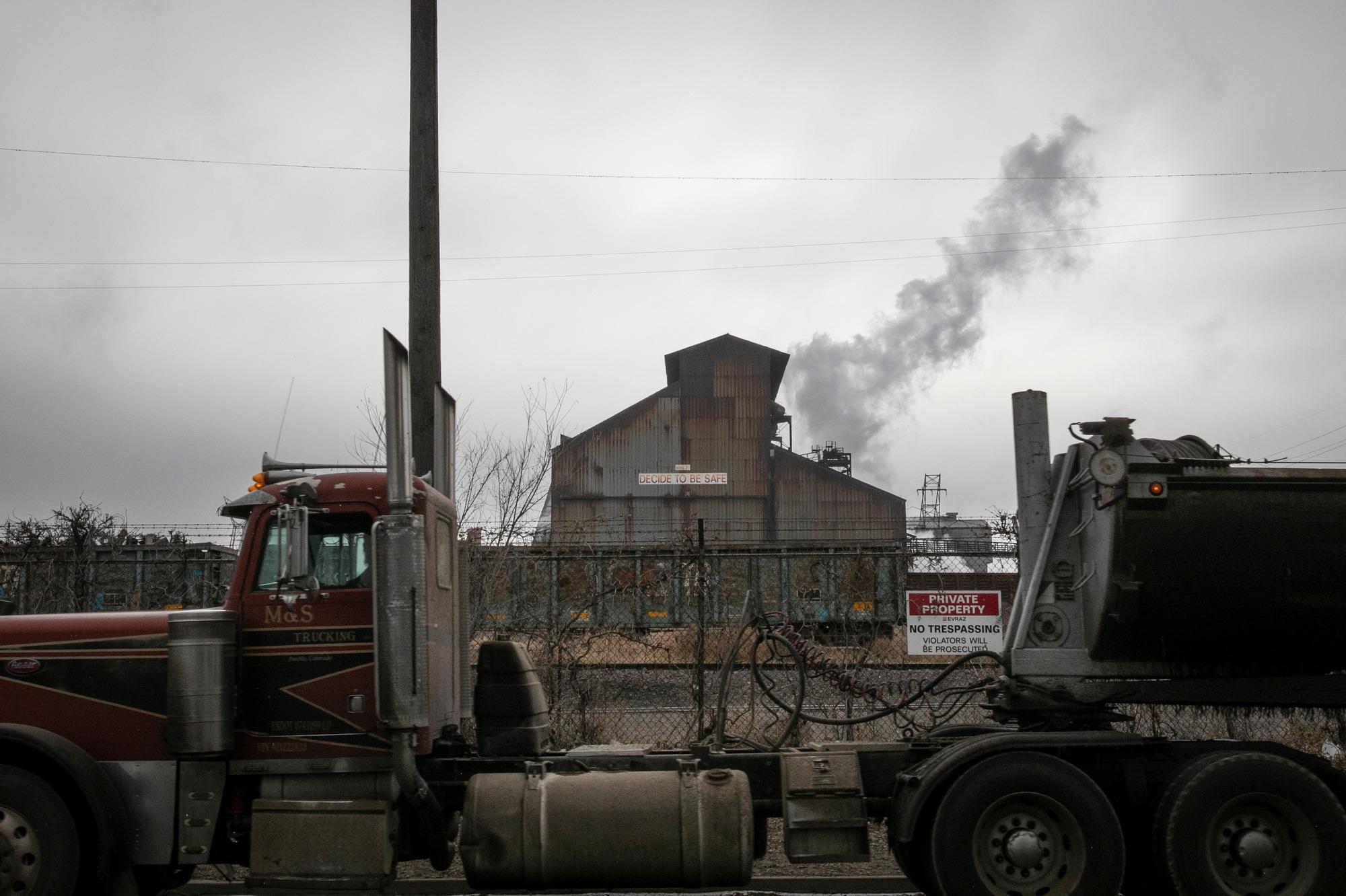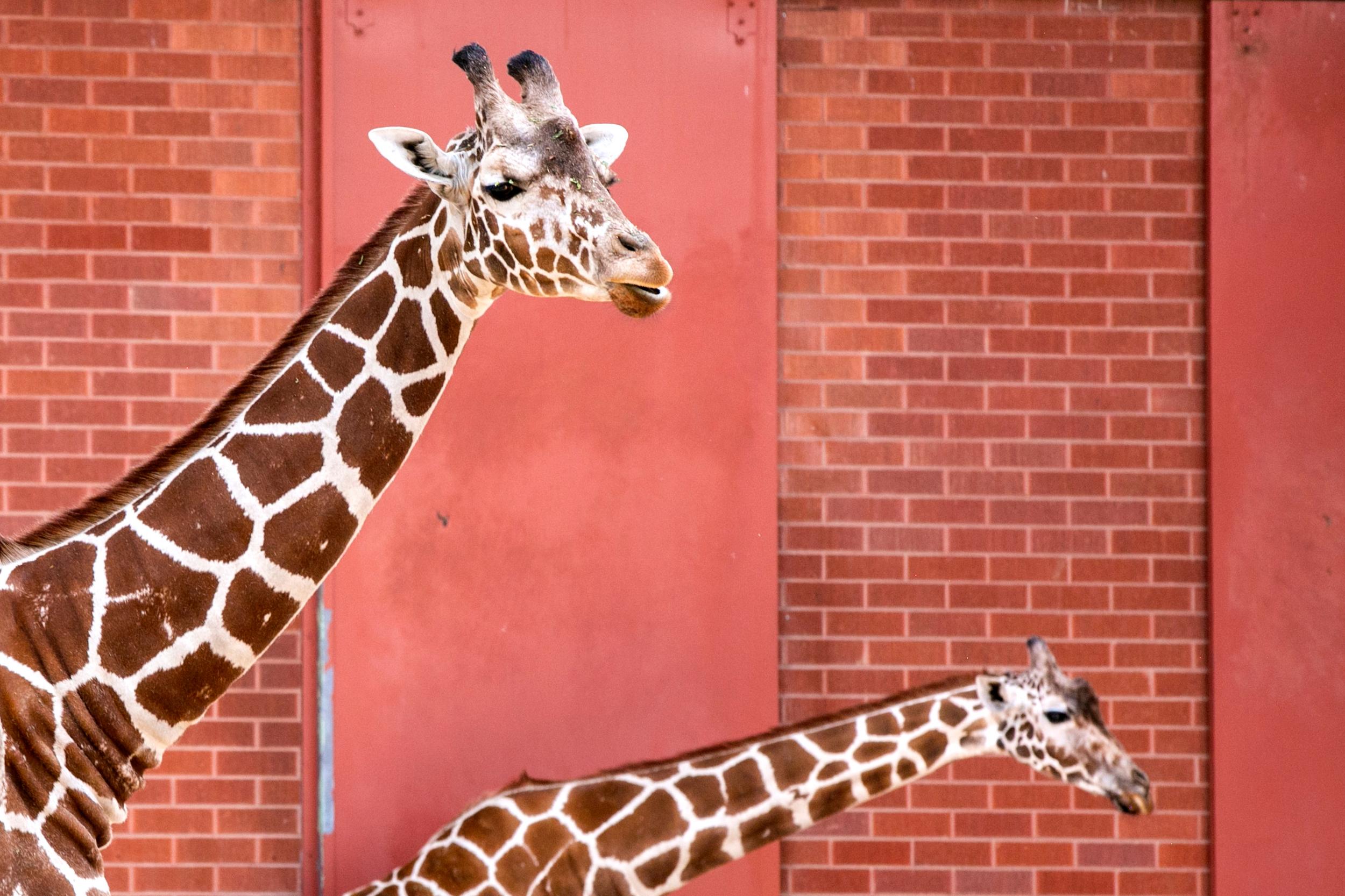
The Denver Zoo had to close to the public in mid-March because of the coronavirus pandemic.
Today, staff at the zoo are awaiting word from the state any day now on its plan to safely reopen. The humans and animals behind the popular attraction are ready to welcome guests back.
Brian Aucone, the zoo’s vice president of animal sciences, guarantees that all the animals have noticed a lack of tourists. After all, on a normal day, they might see 12,000 people.
“They’re paying attention to people walking by much more so, like, ‘Oh hey look, there’s people,’” Aucone said. “They’re used to seeing them around and then there hasn’t been people walking around.”
If you’ve ever visited the Denver Zoo, you know crowds and close contact with strangers are as much a part of the experience as seeing the animals themselves. But Denver Zoo President and CEO Bert Vescoleni is working to make sure that won’t be the case once they reopen.
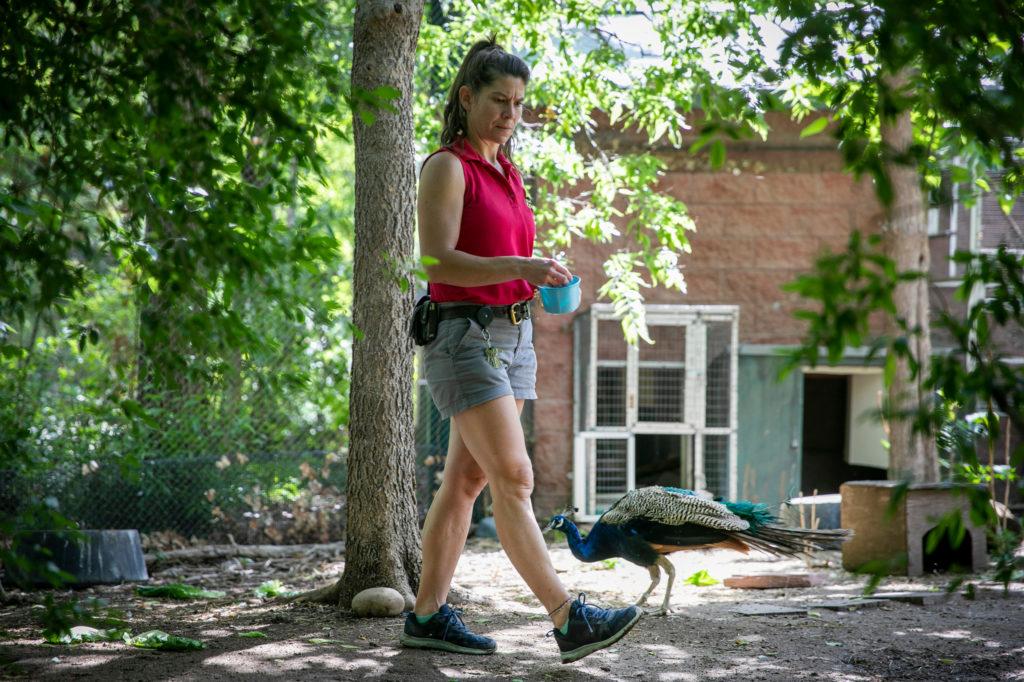
“We’ve done the square foot calculations, we’ve done the stay time calculations, and we’ve put all this into a system to say, ‘OK, how do we regulate it if we see some bunching?’” Vescolani said.
Staff are still maintaining the property and interacting with the animals like they normally would. But money’s been lacking. It costs $100,000 a day to keep the animals fed and the staff paid.
Vescolani said 65 percent of the zoo's revenue comes from ticket sales and visitors buying food and souvenirs. Now, that’s all gone. The zoo had to lay off 100 people out of some 400 workers when the pandemic hit, Vescolani said.
On top of all this, the zoo can’t even serve its main purpose.
“This is the community zoo,” Vescolani said. “The zoo looks great right now. The animals are active, new babies. There’s so much to celebrate that we just can’t right now.”
The zoo had a few week’s worth of savings and cash reserves in case something dire ever happened, but they didn’t anticipate being closed for almost three months. Vescolani said at this point, they’re running on fumes. He’s just hoping they can welcome visitors back soon.
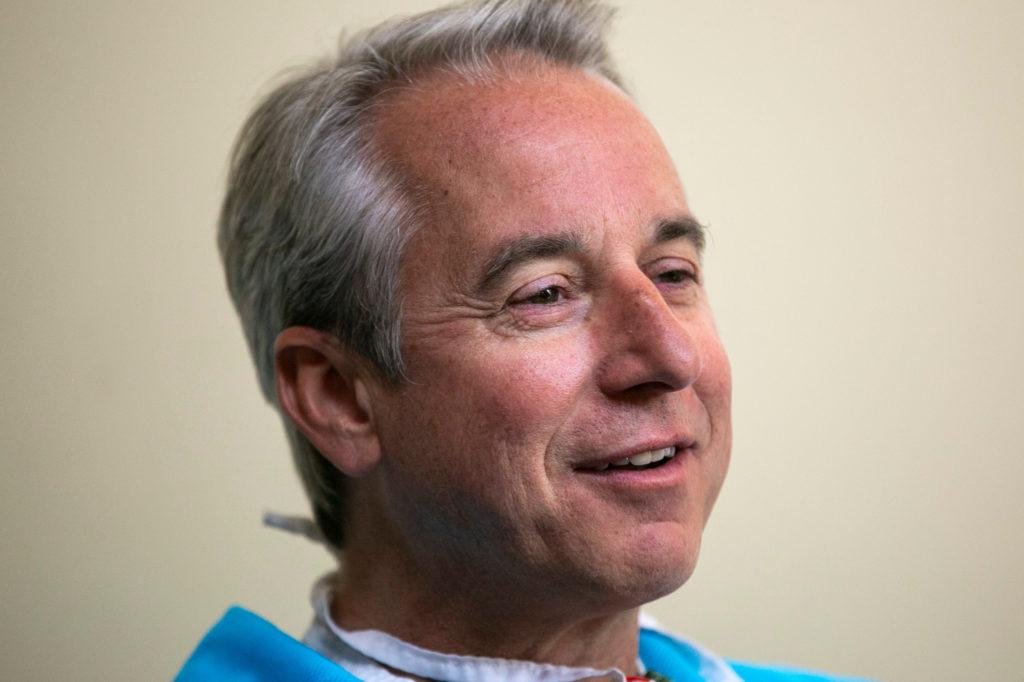
Jake Kubié, a spokesman for the zoo, said if the zoo got the OK today, they could open up tomorrow. But it will look different.
“People who’ve been coming to the zoo for years and years, all of the sudden they’re gonna walk ... (and) they’re gonna need a bit of direction," Kubié said. "But we’ve put stuff throughout the zoo that makes it pretty clear.”
People will notice changes before they even step foot on the 80-acre campus. Tickets will have timed entry with limited spots per time block, so people can spread out when they're inside. The zoo will also cut its guest capacity in half so there will be no more than 4,500 people a day.
And be sure to bring your mask, or you won’t be let in (kids under three are exempt from that rule).
Usually, when guests pass through the entrance gates, you can go left or right. Now there will be a row of hay bales working as a sort of barrier so everyone has to go right. The entire zoo will have folks walking in the same direction to reduce the chances of people coming into contact.
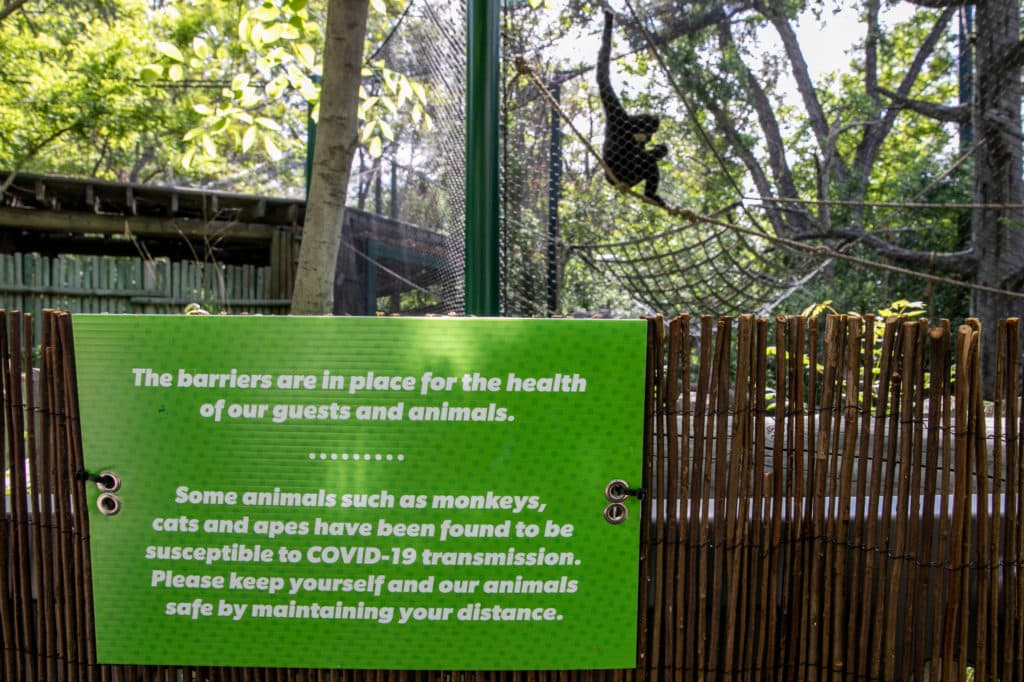
“We’ve set up wayfinding which we’ll see with markers on the ground, signage and staff positioned all throughout the zoo to just help people navigate this experience,” Kubié said.
There are white arrows and some roundabouts spray painted all over the ground to direct people on where to go. And the zoo has set up what look like tall wooden lifeguard chairs at some points.
“(We will direct traffic) if needed. We’re here to just engage with people, answer questions, I think direct as needed. But I think, as you can see, it’s all pretty clearly marked,” Kubié said.
Another change is social distancing from some of the animals themselves. Zoo staff have added extra fencing to keep guests further from the animals who are susceptible to the coronavirus, like monkeys, apes and big cats. There’s also animal-themed signage to remind people to stay six feet apart. Kubié said the zoo staff have a rule of thumb for this.
“Llamas are approximately six feet, so be a llama length apart,” he said with a laugh.
Know before you go
- All tickets must be purchased online at DenverZoo.org.
- Be sure to bring your mask, or you won’t be let in. Kids under three are exempt.
- Tickets will have timed entry with limited spots per time block, to spread out when folks are inside.
- Guest capacity will be cut in half, so there will be no more than 4,500 people at a time.
- Maps won’t be handed out, but you can download one on the Denver Zoo’s app for free.
Editor's Note: An earlier version of this story misspelled the surnames of zoo CEO Bert Vescolani and staffer Brittney Hufford. Additionally, the zoo's reduced capacity was clarified to a daily figure and the link to the zoo's website corrected.
